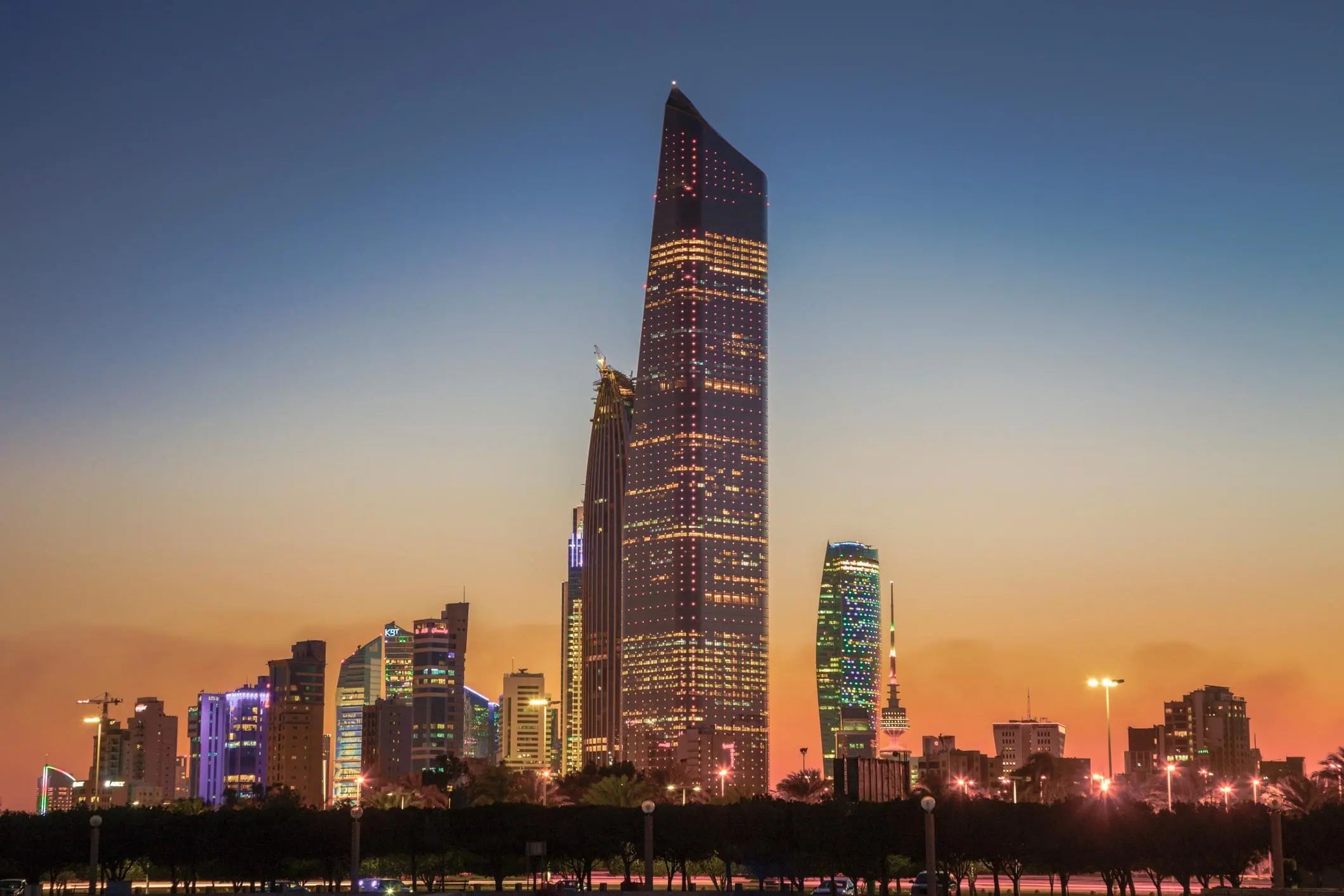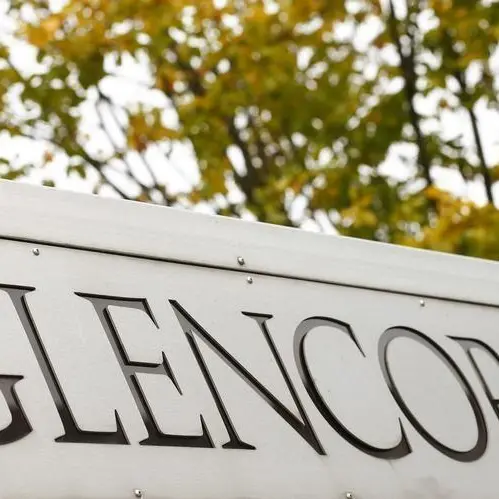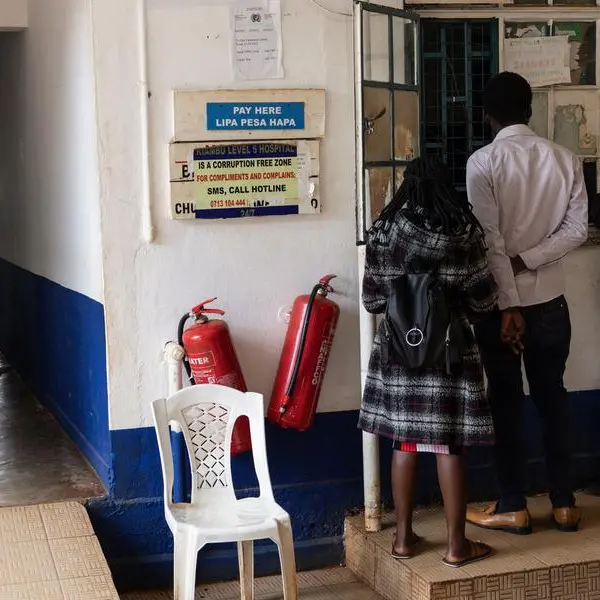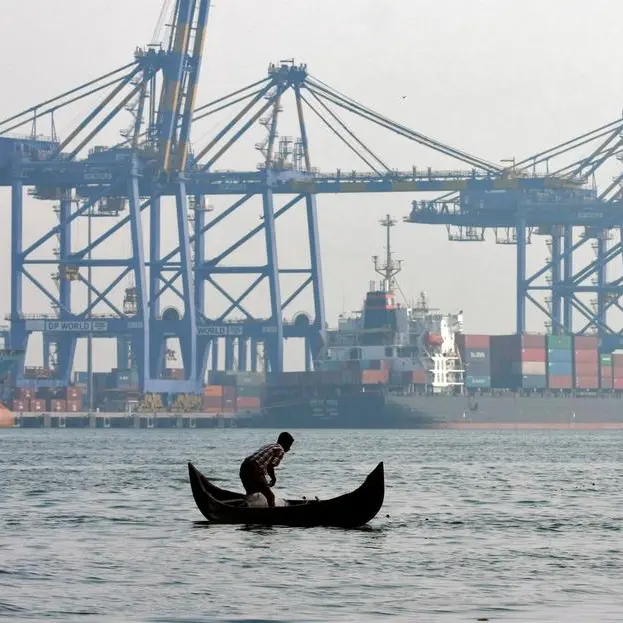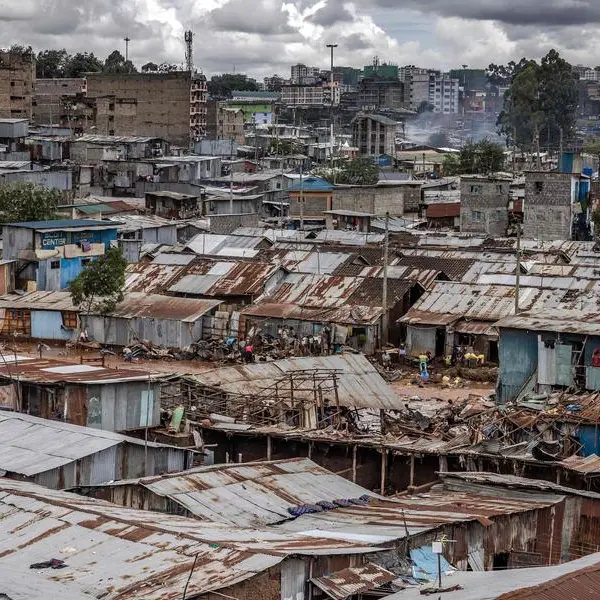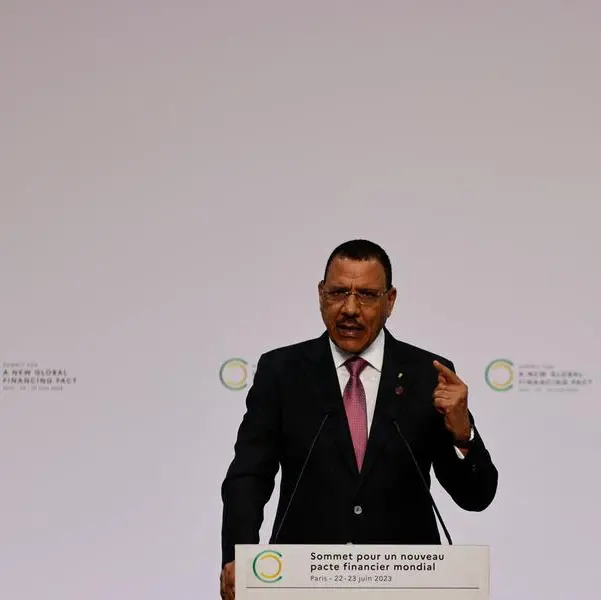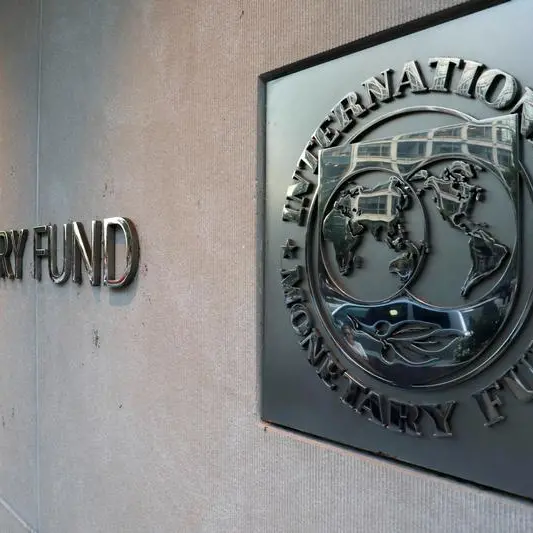PHOTO
S&P Global Ratings on Friday revised Kuwait's outlook to 'negative' from 'stable', saying it expects that the country's main liquidity buffer, the General Reserve Fund, will be insufficient to cover central government deficit.
"The GRF balance has been steadily reducing over the past three years, but this process has accelerated in recent months following the decline in oil prices and Kuwait's implementation of the OPEC+ oil production cut agreement," the ratings agency said in a statement.
Kuwait has been drawing down its GRF to plug the deficit, which the International Monetary Fund estimates could reach more than 11% of gross domestic product this year, compared with a 4.8% surplus last year.
The ratings agency expects Kuwait's central government deficit to be almost 40% of GDP in fiscal 2020, up from an estimated 10% a year ago, estimating that the GRF alone will be unable to fund a deficit of that magnitude.
In the absence of other measures, complete depletion of the GRF could lead to a hard budget constraint for Kuwait, which could precipitate a distortionary expenditure adjustment when economic performance is already weak, S&P said.
A government official, speaking on condition of anonymity, had told Reuters on July 12 that the state was considering selling assets of the GRF to the Future Generations Fund as one alternative to plug the deficit.
The Future Generations Fund automatically receives 10% of state oil revenue each year and accounted for about $489 billion of Kuwait Investment Authority's estimated total assets of $527 billion at the end of March, according to Fitch Ratings estimates.
The agency affirmed the Middle Eastern country's ratings at 'AA-/A-1+'.
(Reporting by Nilanjana Basu in Bengaluru; Editing by Arun Koyyur) ((Nilanjana.Basu@thomsonreuters.com;))
